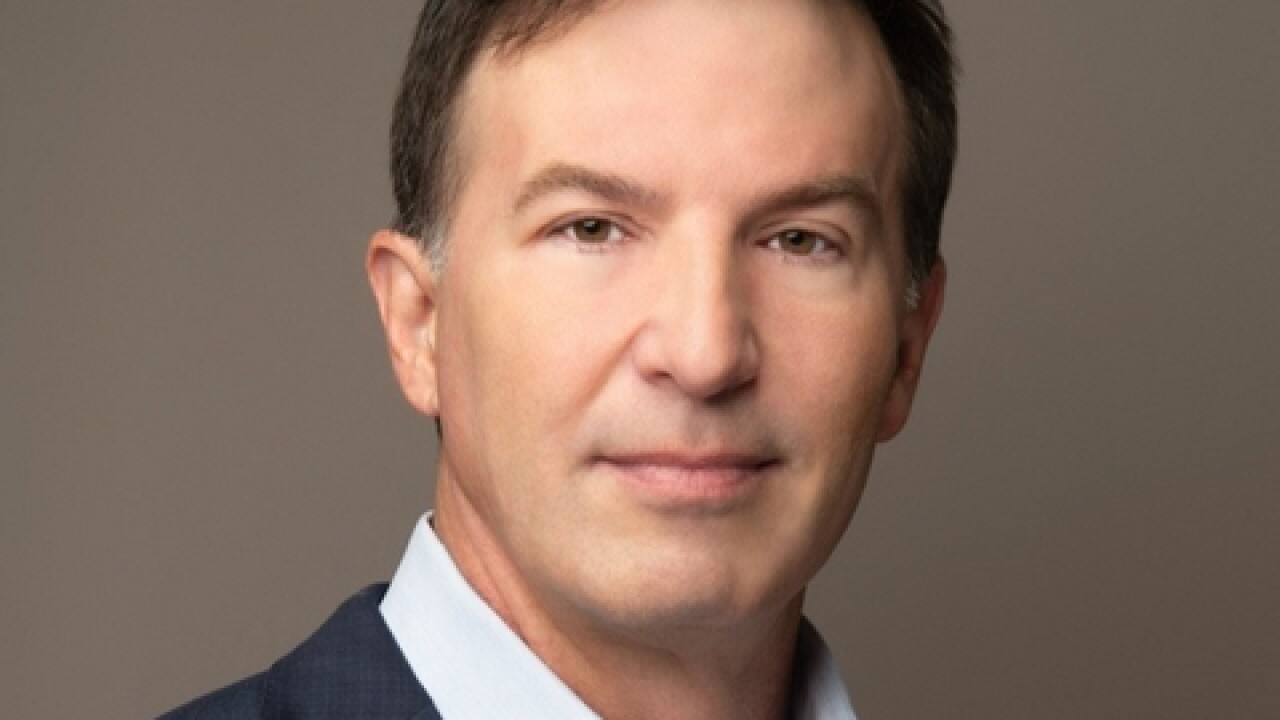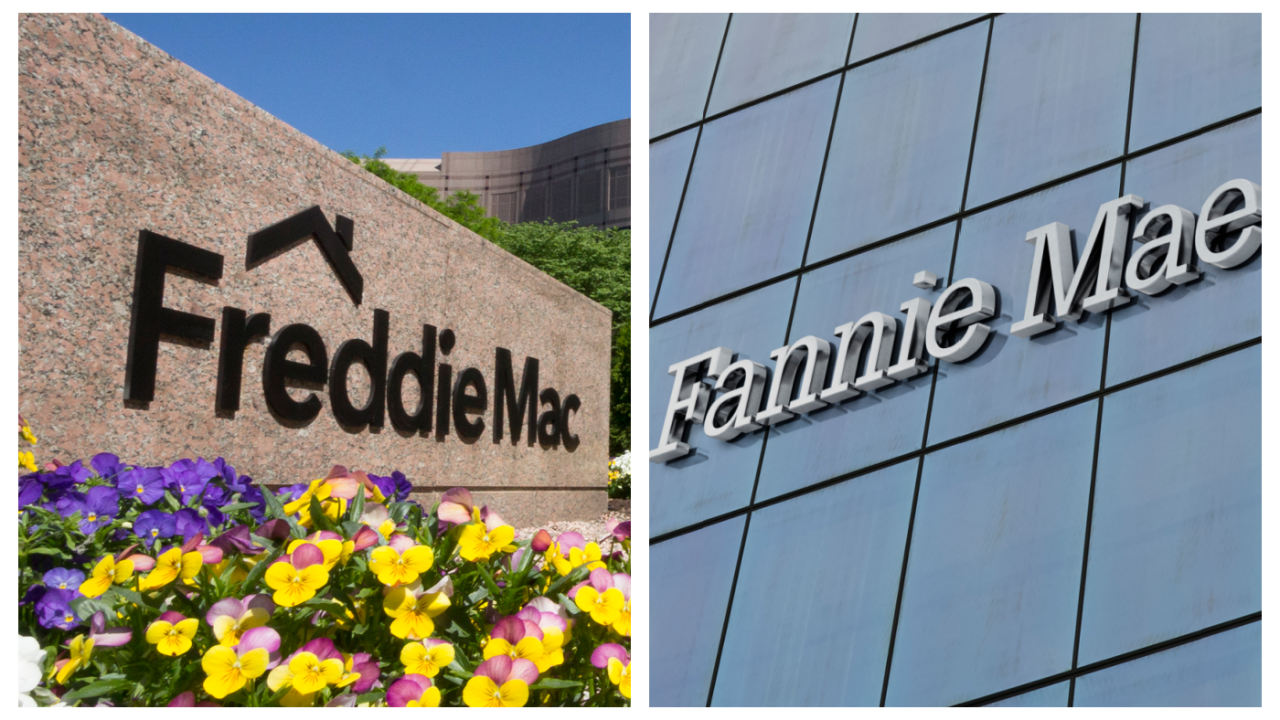ATLANTA Bank of America Corp. is taking another page from retailing with the test of a prototype market carved out from its Atlanta network.
The Charlotte, N.C., company has slated 20 branches for renovation according to three test models: high-tech, Starbucks-style Bank of America Financial Centers; quick-stop, heavily electronic Bank of America Express branches; and what it is calling enhanced traditional branches that incorporate some new ideas the project generates.
The nations largest consumer banking company allocated $15 million this year to the effort, which marketing executive Rob Johnston calls a sandbox for ideas that are supposed to help boost branch revenues, cut costs, and improve customer and employee satisfaction.
Bank of America employees say Kenneth D. Lewis, its chairman, chief executive officer, and president, has taken a keen interest in the prototype branch project, which in part is designed as a way to help the company achieve its goal of growing internally instead of by acquisition.
Mr. Lewis mentioned the project during a press conference April 25, the day he formally took over from outgoing chief Hugh L. McColl Jr. The project has produced great results so far, Mr. Lewis said.
Fewer than six months into the project, Bank of Americas Atlanta test market is starting to spin out ideas that will spread across its network of 4,400 U.S. branches.
For example, Bank of America has tested a system that allows employees to call up and print check images from a personal computer. The company now is planning to introduce that system nationwide. Another idea, rotating branch employees on short shifts as branch concierges, also is likely to appear elsewhere.
Today, we have a one-size-fits-all approach to our banking centers, said Mr. Johnston, a senior vice president for marketing. What weve done is looked at how our consumers use the banking center channel, and developed a strategy that will transition us from one-size-fits-all to a range of experiences.
Amy Brady, a senior vice president and the prototype market executive, said: In the financial industry, there has not been a lot of R&D. We have said we need to grow this company organically. This is a great place to test and learn.
Examples of retailer-inspired branches have multiplied in recent years, from the hip Internet financial services cafes run by ING Direct and E-Trade in New York to the Occasio designer branches that Washington Mutual Inc. has been rolling out for more than a year in fast-growing markets.
Wamu could give Bank of America its toughest real-world test: Last month the Seattle-based thrift company announced plans to place 60 to 80 Occasio branches in Atlanta.
Valerie Roy, an analyst with TowerGroup, a Needham, Mass., research firm, said the idea of combining souped-up offices with smaller transaction-only branches in a network has been tried before, with varying success. At this moment in time, I think the banks really are struggling with what does the right branch distribution look like.
Banks are struggling with what to do in part because even as the Internet, telephone call centers, and other new channels keep growing, the overwhelming majority of customers still rely on branches. A recent TowerGroup survey found that 92% of bank customers visited a branch in the last month, and 55% said they use multiple channels regularly, including branches.
If branches are going to be a part of it, banks need to determine whats the best format, Ms. Roy said.
Bank of America executives started work on the prototype market project last summer. In December they unveiled the first Bank of America Financial Center in an existing office in Atlantas Buckhead section an area filled with upscale retailers, restaurants, and corporate offices. The company spent $1 million on the new branch, most of it for computers and other technology.
A second financial center opened in January at Perimeter Center, a corporate and shopping area in north Atlanta.
While the financial center branches still have teller windows, thats about the only traditional fixture preserved in the concept. Gone are private offices and desks for most employees. And telephones are relegated to a back room, so employees arent interrupted while helping customers. Instead, they have computer workstations where employees can stand side-by-side with customers during simple transactions.
There is also a lounge area, with plush chairs and racks of newspapers and financial magazines, and outlets where customers can plug in their mobile computers.
Ms. Brady also said she is talking with an unnamed national coffee retailer about setting up coffee bars in its financial centers. (ING Bank announced a similar deal on April 30 with Peets Coffee & Tea Inc. of California.)
So far, said Buckhead financial center manager Carrie Williams, the idea appears to be working.
Customers are so not used to seeing anything like this, Ms. Williams said. Weve found that they are a lot more comfortable here, so they are a lot more open with their business.
That feeling already is translating into business. The Buckhead branch had been selling about 2.5 money management accounts (a combined brokerage and checking product) a month last year. Since the branch makeover, the number has jumped to 30 accounts per month, Ms. Brady said.
The prototype market eventually will include five such financial centers, including one that leaves out most of the high-tech gadgets. That office, a sort of one-branch control group, will allow the bank to test whether the technology, or merely the nontraditional environment, makes a difference in sales. 





